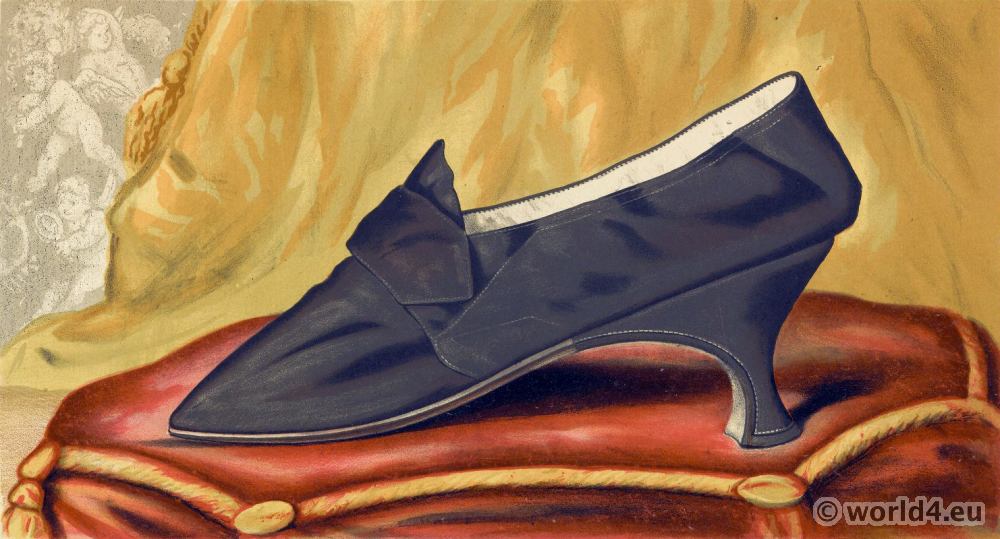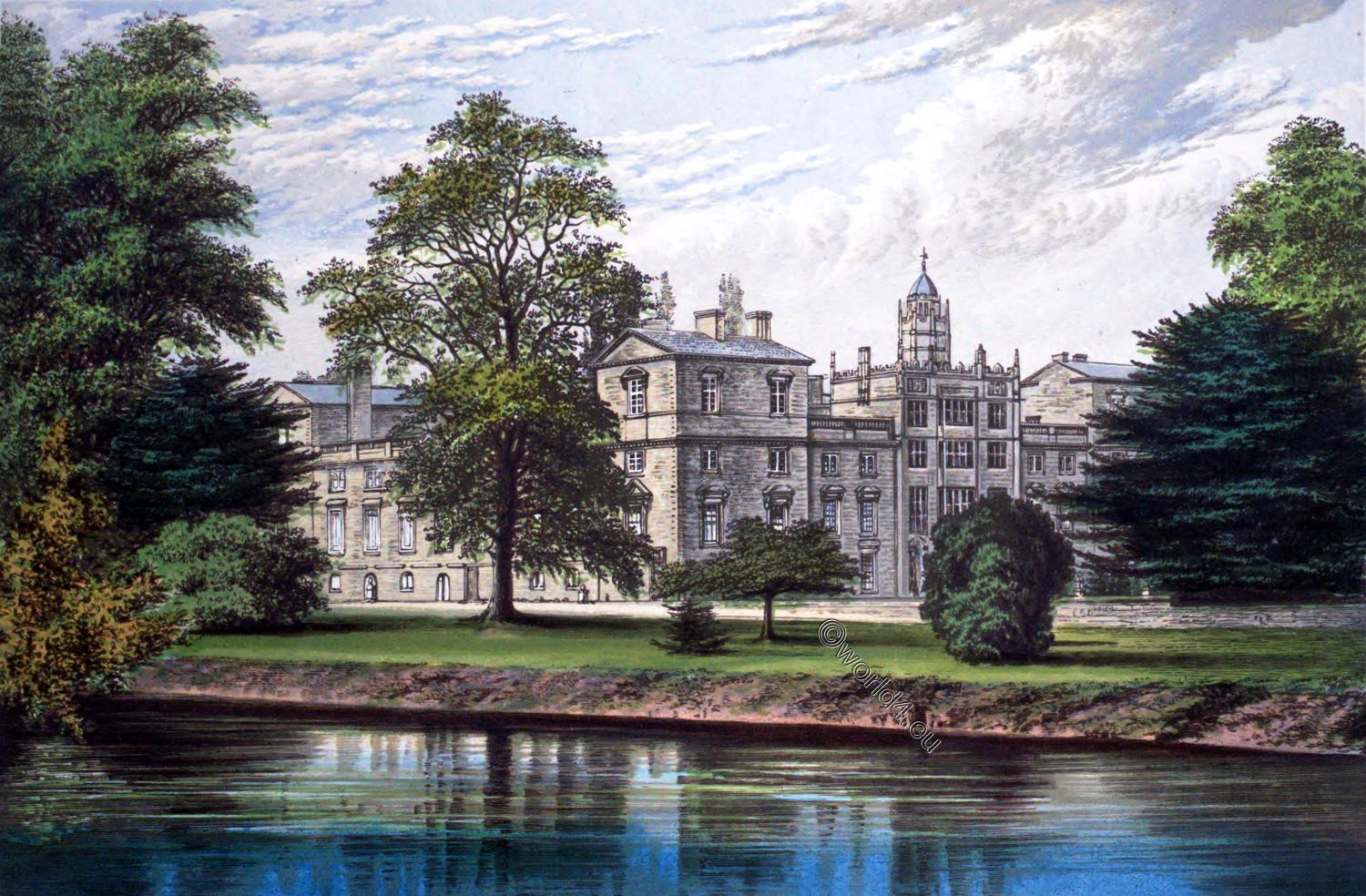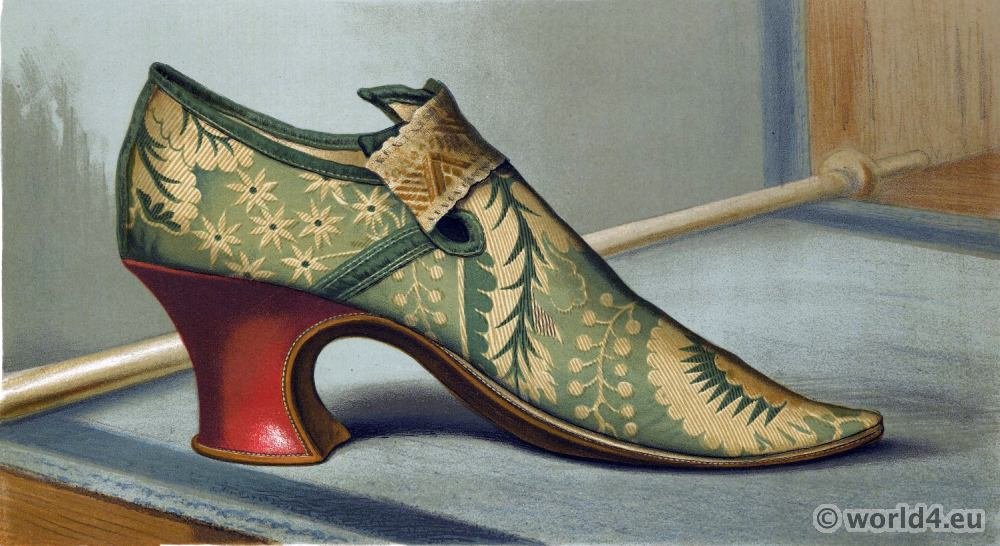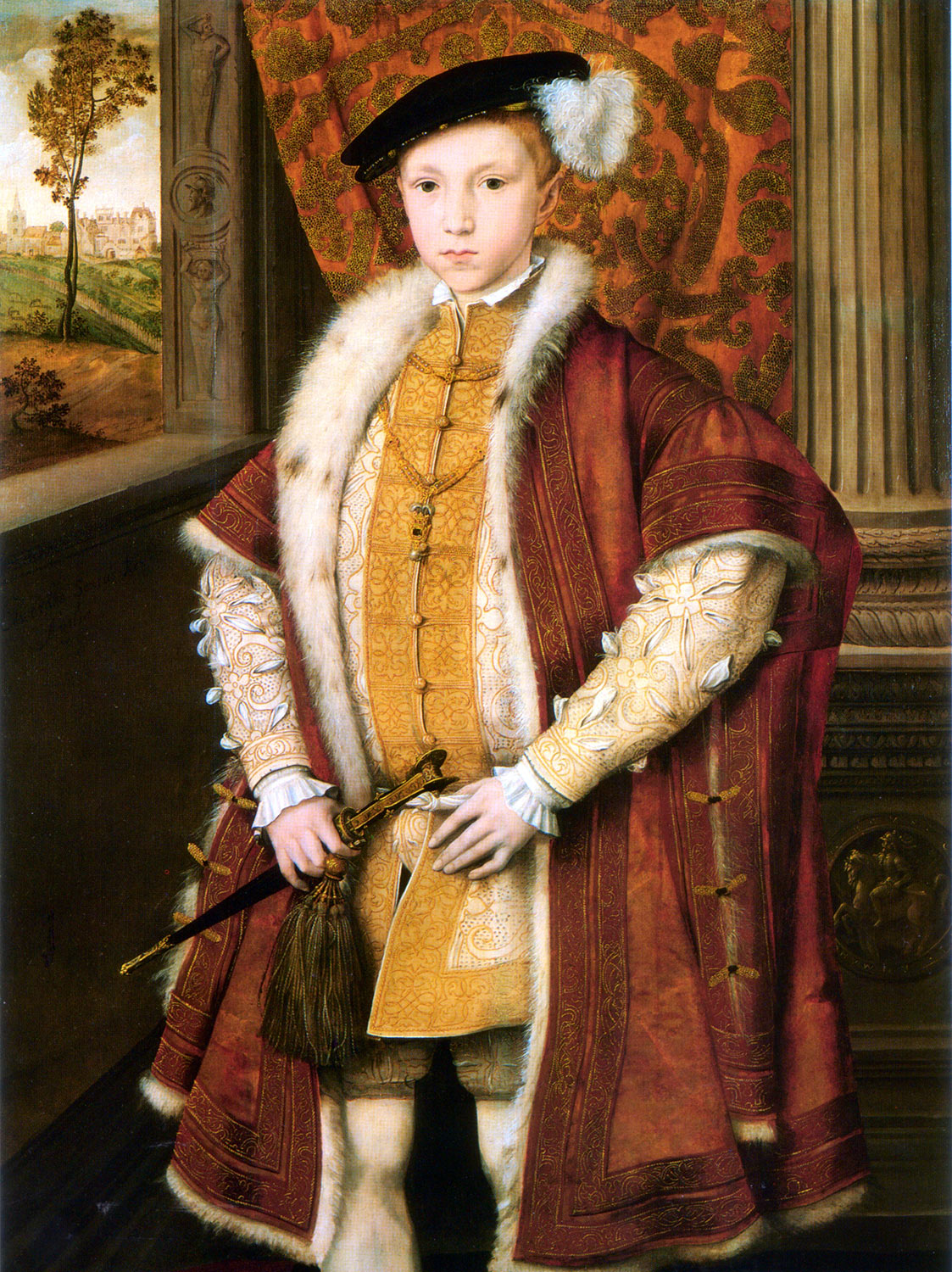
Armorial Tapestry of William Herbert, 1st Earl of Pembroke.
The Victoria and Albert Museum.
Of the beginning of the enterprise and the character of its earlier work very little is known, but patient investigation and comparison of tapestries may achieve much. There are a few existing tapestries of English workmanship which in all probability came from the Sheldon workshops in its earlier stages. One, now in the Victoria and Albert Museum, contains the armorial bearings and devices of Sir William Herbert, first Earl of Pembroke, and Baron Herbert of Cardiff, in the style known as “grotesque”.
To use the term “grotesque” in the ordinary meaning of the word as the title of a beautiful tapestry seems somewhat incongruous. The word comes to us from the French grotesque, and from the Italian grotesca, grotta, a grotto, and in art in general it is applied to the fanciful and somewhat extravagant kind of ornament used in the decoration of grottos. “Arabesque” is used as a synonym for it, even when there is no Saracenic influence apparent in the design. With the revival of the classic style, grotesque decoration came into fashion in tapestry. A set of grotesques woven in Brussels was long attributed, probably without foundation, to the designs of Raphael, and a good deal of the ornament devised by him belonged to that style. From the sixteenth century upwards grotesque tapestries were much in vogue, sets being made at Brussels, Fontainebleau, Beauvais, and the Gobelins.
The example illustrated here, though highly interesting in itself, is doubly so as a specimen of English craftsmanship and as an armorial tapestry belonging to an English nobleman. It was woven, in all probability, at Barcheston, in Warwickshire, about the year 1565. In the centre is the coat-of-arms of Sir William Herbert, first Earl of Pembroke (1501-1570), of the second or present creation, who married Anne, daughter of Sir Thomas Parr, of Kendal.
Within the garter are the following quarterings :-
- Herbert.- Per pale, azure and gules, three lions rampant argent, within a bordure gobony, or and gules, bezantee.
- Morgan?- Sable, a chevron between three spear heads argent.
- Gam.- Argent, three cocks gules, armed, crested and jelloped or (Heraldry: Having pendant wattles).
- Morley.- Argent, a lion rampant sable crowned or.
- Craddock.- Azure, three boars’ heads coped, between nine cross-lets argent.
- Horton.- Argent, three bends engrailed gules, a canton or.
- Cantelow.- Gules, three leopards’ heads jessant-de-lis or;
and above the helmet and mantling is the motto, “Ung je servirey:” At the bottom of the tapestry on each side of the centre is the Pembroke crest, a wyvern, vert, holding in its mouth a sinister hand couped at the wrist gules; in other words, a crimson left hand cut off at the wrist. When the Earl rode on February 17, 1552-3, to his mansion of Baynard Castle with a retinue of 300 horsemen, 100 of them were gentlemen dressed in plain blue cloth with chains of gold and this dragon badge on their sleeves, recalling the old song:-
“There cam a troop o’ gentlemen
A’ riding merrily by.”
At the top of the tapestry, towards the right and left corners, is the Earl’s device, a “bascule” with a crescent, the latter used to denote his illegitimate descent. The bascule was an instrument of punishment of similar nature to the “stocks” which still remain on some of the village greens.
Born about 1501, Sir William Herbert was in 1549 chief Gentleman of the Privy Chamber and Master of the Horse. He twice held the position of Governor of the Forces, being sent into Picardy, was twice Governor of Calais, and was appointed captain-general of the army beyond the seas. He received the Order of the Garter in 1549 and died in 1570, being succeeded by his son Henry, who married the famous Countess, sister of Sir Philip Sidney, who was immortalized in the epitaph by Ben Jonson:-
“Underneath this sable herse,
Lies the subject of all verse,
Sidney’s sister, Pembroke’s mother;
Death! ere thou hast slain another,
Learn’d and fair, and good as she,
Time shall throw a dart at thee!”
Above the armorial bearings is a canopy with its curtains attached to brackets from which springs a trellised arch intertwined with foliage and “peascods,” which figure in inventories of tapestries in earlier times. Below the garter is the bust of an angel with outspread wings and fingers pointed upwards, and lower down is a draped mask with a bay-wreath and pendant ornament. To the right and left of this is the wyvern crest of the Earl.
Flanking the coat-of-arms and its supporters are two circular panels framed in cartouches of strap-work, with canopies and wreathed arches above and seated figures below-the male figure holding a cornucopia of fruit is symbolic of Plenty; the female, although she possesses no emblem, is typical of Peace. In the label under each cartouche between the heads of the figures are the letters Wand H (William Herbert?).
The subject of the panel on the left hand is “Superbia,” or Pride, one of the seven cardinal sins, and here represented by the seated figure of a woman holding a spear or staff in her right hand, while her left rests on the neck of a turkey-cock. This is, in all probability, one of the earliest instances of the representation of that bird in tapestry, as it was unknown in England before 1530. Its introduction is stated to have been due to William Strickland, who accompanied Sebastian Cabot on his voyages of discovery to the coast of America. Edward VI., about the year 1550, made him a grant of arms of which the crest was a “turkey-cock in his pride, proper.” In allegorical representations during the eighteenth century, the turkey was used as an accessory of the figure of Pride or Arrogance, its individual meaning being insolence and foolishness. It is very easy to conjecture that this association may have arisen from almost the first introduction of the strutting bird, in the same way as the appearance of its head secured it the name of “Turkey.”
The subject of the right-hand panel is “Luxuria,” another of the seven deadly sins, which is here illustrated in the same fashion as in medieval times, by two figures in an interior. It is somewhat unusual to find ecclesiastical subjects in grotesque tapestries, but here we have in the border on the extreme left and right of the composition an enthroned figure of Christianity, or the Church, with cross and New Testament, the throne being supported on a square structure with curtains at the side, most likely intended to signify the tabernacle of Moses, and through it the Jewish Faith or the Old Testament. These ecclesiastical features look strangely out of place with the draped terminal figure, and the centaur with his sounding horn and fish, lower down. Between the arches at the top are “bascules” and vases of flame; along the bottom of the tapestry are representations of the phoenix and flowers.
The “Pembroke” tapestry measures 7 feet 8 inches in height, by a little over 13 feet in length. It is made of fine wools and silks, the texture being seventeen or eighteen warp-threads in the space of one inch, exactly the same as that of the Sheldon tapestry maps at York. The very peculiar shade of green, which forms the background of the grotesques, occurs in the maps also to a limited extent. The colours in the former are few but very harmonious and refined, while the design as a whole and the drawing of the ornament are less light and free than those in grotesques of the Flemish or Fontainebleau schools. The Pembroke tapestry shows great similarity in treatment to the grotesques in the border of a large fragment of a Sheldon tapestry map, signed by Richard Hyckes, in the Bodleian Library, which is reproduced here from a photograph kindly given by Miss Gemmell.
Source: Tapestry weaving in England from the earliest times to the end of the XVIIIth century by William George Thomson. London, B.T. Batsford Ltd.; New York, C. Scribner’s Sons, 1914.
Related
Discover more from World4 Costume Culture History
Subscribe to get the latest posts sent to your email.






